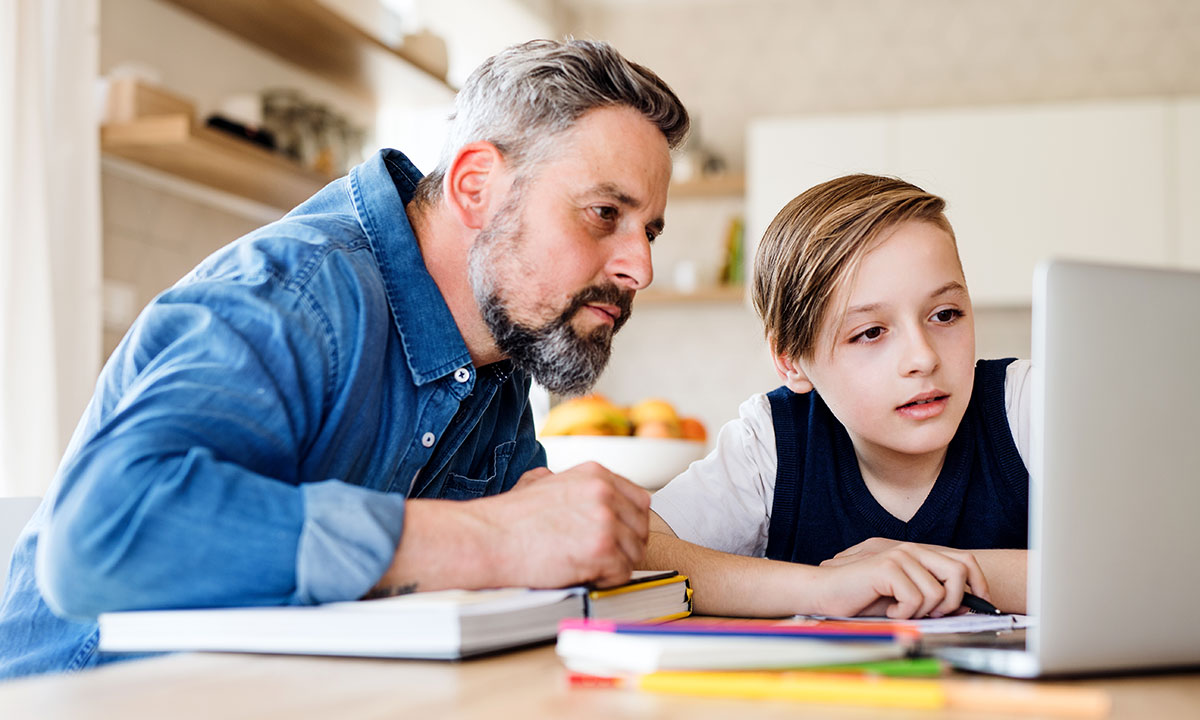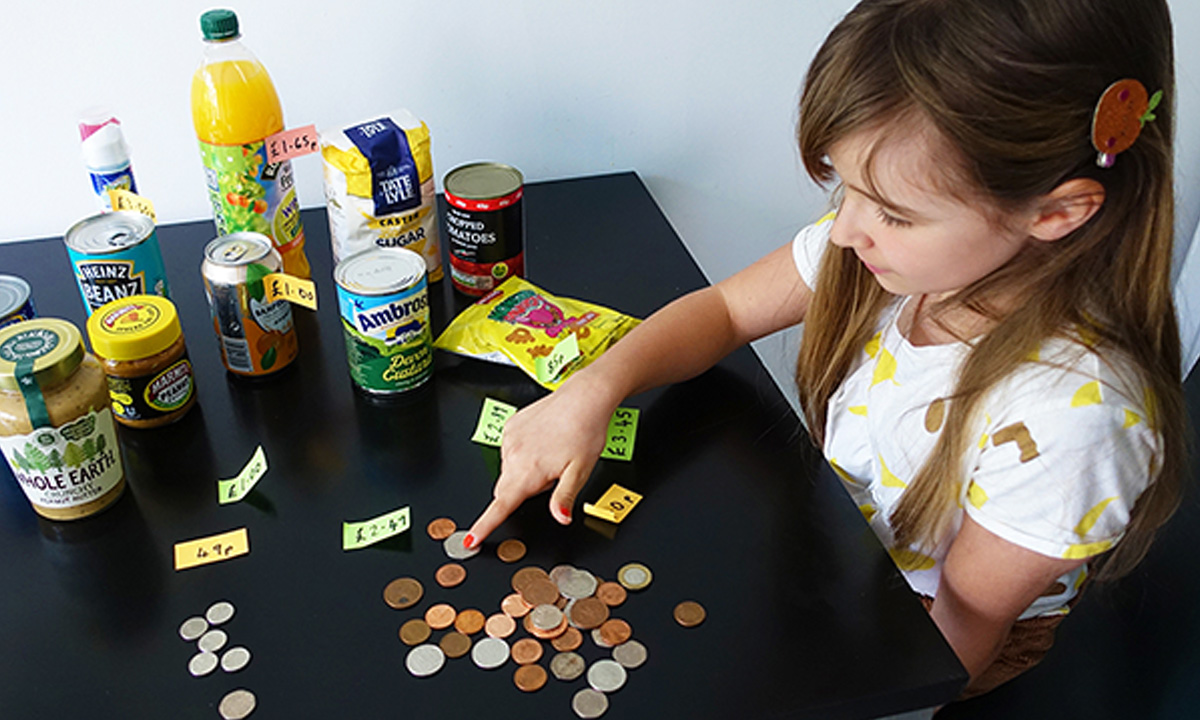How to talk to your kids about the rising cost of living
However much you try to protect your kids from the reality of the cost of living crisis, the chances are it’s already on their radar. Here, expert child psychologist Dr Elizabeth Kilbey shares her tips on how to approach the topic.
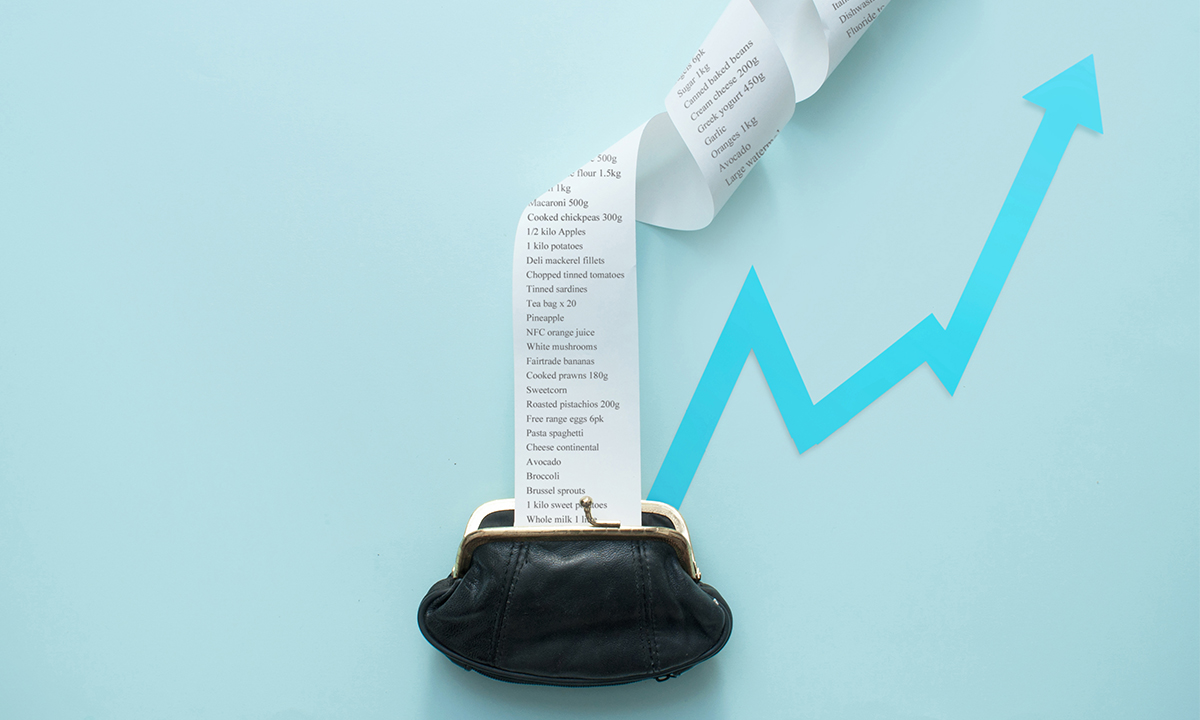
The UK is currently experiencing the biggest price hike for fifty years, and with inflation, energy, and grocery costs all on the rise, it’s the subject on everybody’s lips. While your child may not be glued to the headlines with quite the same urgency as you, they’re probably picking up on more than you think – and your family might not be able to live in the same way you have previously, sparking some conversations that might feel difficult for you all. This article will help you strike the right tone when talking about some of the changes you might be experiencing.
Understanding where they’re coming from
“First off, we should acknowledge that this topic may not be very accessible, even for many adults,” says Dr Elizabeth Kilbey. “If you’re talking to primary-aged children about things like the rising cost of living, it’s important to understand that the focus, for them, will be close to home. Their world at this age chiefly consists of them, their family and their school.”
Dr Kilbey suggests that if your child mentions the cost of living crisis to you, it’s best to treat it as an anxiety-related enquiry, rather than an information-seeking question. “In response, you could say that you understand that they’re worried about that, and grown-ups are talking about it a lot, but that we talk about things in order to solve problems, and we’re coming up with solutions. The most important thing is to let them know that things are ok,” recommends Dr Kilbey.
While this may be what your child needs to hear to feel reassured, it’s understandable if you don’t feel quite so calm in reality. But you don’t have to face your concerns alone. There’s lots of free support available out there, via organisations such as the Citizens Advice Bureau as well as the NatWest cost of living hub and even the government website. While financial struggles can make you want to bury your head in the sand, one of the best things you can do is talk to your bank or provider about it – they will often be able to help you come up with a plan of action.
Talking about money realities
Getting kids to understand that, over time, things cost more can be a helpful platform for when they do get to secondary school and are better able to understand more about the why and the how of the rising cost of living.
If your child is intent on knowing a little more, this short and sweet description of inflation could give you a helping hand when tackling the topic.
What is inflation?
Inflation happens when there is a general increase in how much things cost. One way to improve your child’s concept of this is to ask them to picture a tyre or a balloon being inflated and growing bigger. Explain that when prices are inflated, they get bigger (or more expensive) too. And, while the cost of many things has risen, family incomes have not increased at the same rate, meaning that many households can no longer buy the same things they did in the past – because the money they do have doesn’t go as far now that prices have increased.
Inflation is calculated through the percentage of price increases across a year. Break this down for your child through the idea of their favourite chocolate bar, which might have cost £1 in January 2021. Explain that if the price of this goes up to £1.10 by January 2022, this means the inflation for that chocolate bar rose by 10 percent.
This could make it easier for children to understand why they may no longer be able to have some of the things they did in the past. Gently explain that, while the weekly food shop has increased in price, the money you have coming in hasn't, so you won't be able to afford all of the same things you previously bought. Our articles about wants versus needs and dealing with pester power could help you with this too.
Have fun with it
Just because these topics can feel tricky and serious doesn’t mean you can’t try and make them enjoyable for your kids – after all, we know that making learning fun can help them understand and retain information. Why not create some games to help you explain the current situation, such as:
Inflation through the years
Ask your child to guess how much a cinema ticket, an airline flight or can of coke cost when you were young, and when their older neighbours or grandparents were too. Then help your child to calculate the percentage increase. Different things have risen by different amounts. Extra points if they work out how much kids in 20- or 30-years’ time might end up paying for a trip to the cinema. Try the Bank of England's inflation calculator to help you with this, working out the average rate of inflation for the last few decades and then using that to calculate potential future costs.
Basket of goods
When the government works out inflation, it looks at the prices of things most people typically buy regularly, such as bread and soap; this is called a basket of goods. Different items move in and out of this basket of goods, to keep it up to date. Ask your child: what would they put in a kids’ basket of goods? What definitely wouldn’t be in there? What do they think would be the most expensive item?
The weekly shop
You could also use your weekly food shop as an opportunity to get your child thinking about how the distance something travels can have an impact on its cost, as well as the environment. Pick up an apple in the shop and ask your child to find out where it’s from. Did it come from New Zealand? If so, when you get home, can they find New Zealand on a map? How far has the apple travelled? You could mention that a British apple would have a smaller carbon footprint than one grown in New Zealand, because getting it to the shop for you to buy has required less energy. It’ll probably also mean it’s less expensive. “Doing this kind of activity can teach children about money and relative concepts while also removing some of the worry from it, rather than addressing it in hard terms that might make them feel stressed,” says Dr Kilbey. You can find more ways to talk about costs in relation to the environment in our article on how to save money and the planet.
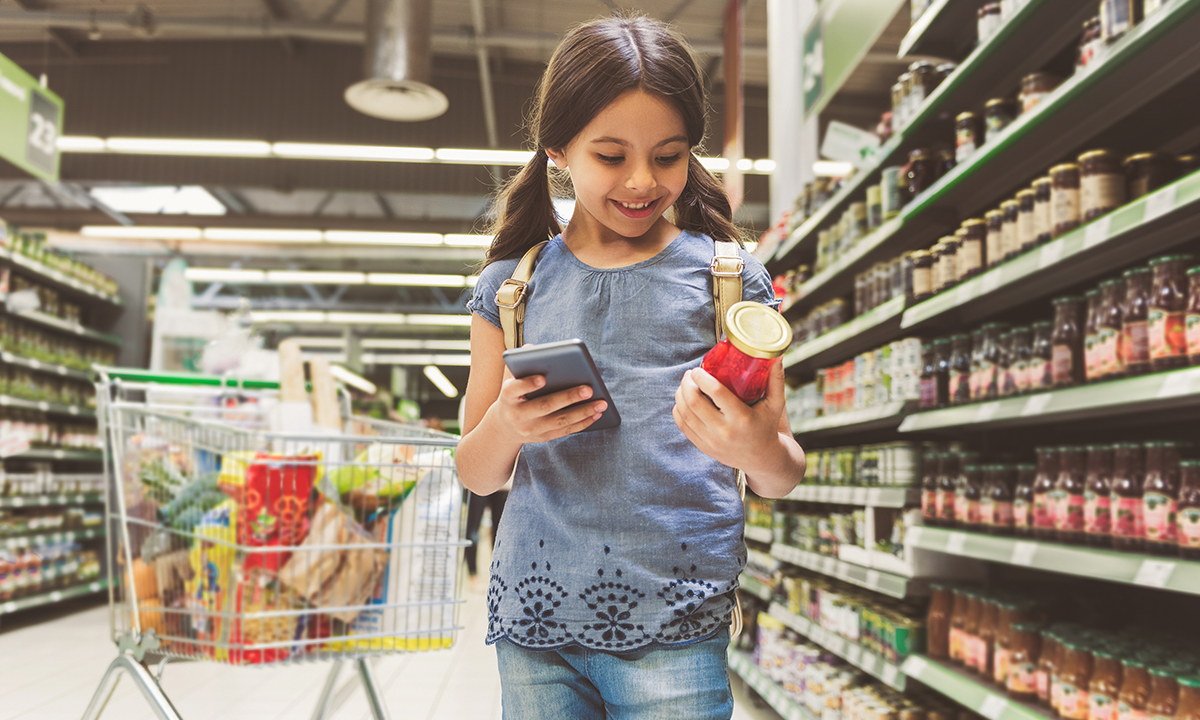
Remember: it’s ok not to have all the answers
When a child asks tough questions, you’re allowed to say you’re not sure, says Dr Kilbey. “It’s ok to say it’s complicated, or to suggest finding some resources and researching things together with your child. I also think it’s ok to say to children, ‘that’s really complicated, and I don’t know the answer, but it’s possible to live on a day-to-day basis without knowing some things and still be ok’,” she adds. The most important thing is to keep those lines of communication open, and for kids to know that asking questions about money is a safe thing to do.
“There are so many brilliant resources available to us now to help us grow money confidence,” says Dr Kilbey. “Ultimately, we should be teaching children not to worry if they have a question about money and not to be embarrassed. It’s a slightly British thing, this coyness about money, and we need to change that narrative.”
Research by the Money and Pensions Service shows that people who talk about money feel less stressed or anxious and more in control, as well as helping their children to form good money habits for life. Plus, building money conversations into our everyday lives can help boost financial confidence and resilience when it comes to facing the challenges life throws at us. Not sure where to begin? Free sites such as MoneyHelper can show you how to get the conversation started.
Image credits: iStock, Adobe Stock
Find out about all the latest MoneySense articles for parents by following us on Facebook
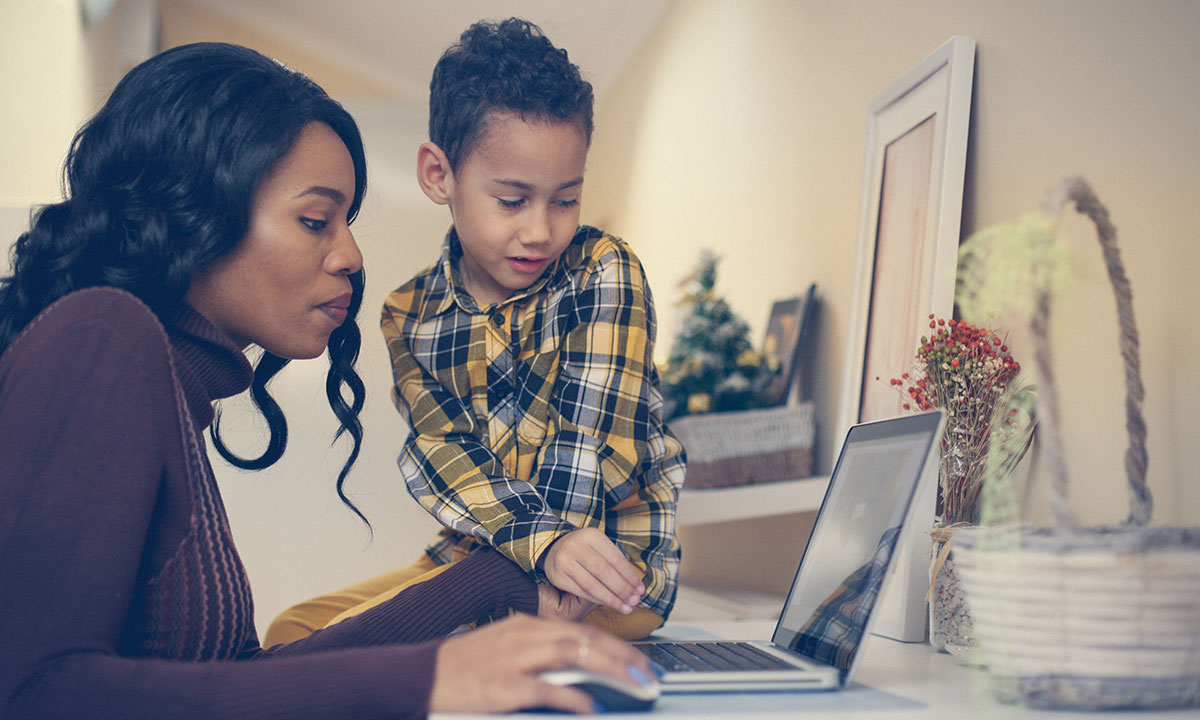
 Articles:
Articles: 